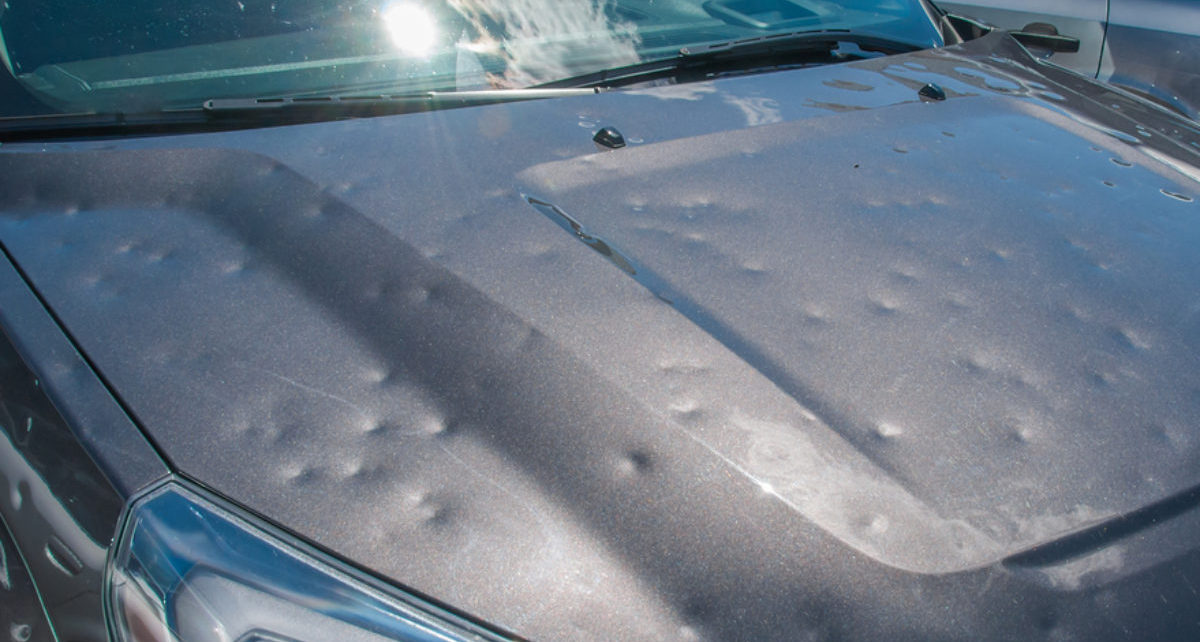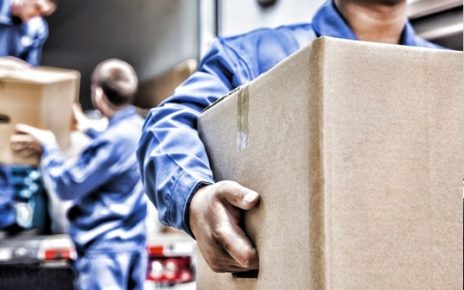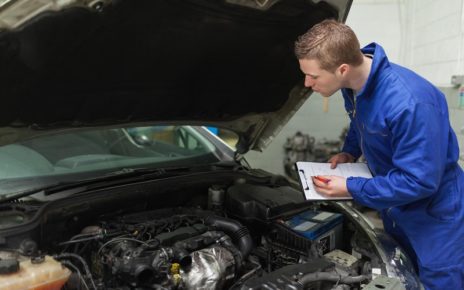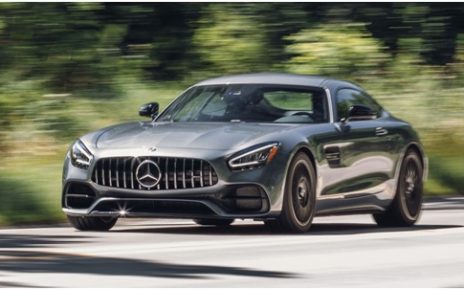Many people may be mistaken if they think that Hail damage is not covered by car insurance. If you have a comprehensive insurance policy, you will be able to file a report, as almost all insurance companies protect it on a single claim or report basis. Now, is it better to repair, replace or fix a car with hail damage? That is the question.
Hail damage only causes dents in the sheet metal, and in rare cases, the paintwork is damaged. Depending on the force, hail also causes damage to rigid plastics such as grilles, grilles, pilots. However, it does not usually damage plastic elements such as bumpers, spoilers, and front wings (plastic) in some models.
On the sides, they usually cause minor damage, so it is the body shop that proceeds with the repair, as it is cheaper than a replacement or the intervention of a rodder.
The elements most affected by hail are the upper planes, such as the front hood, rear hood, or tailgate, especially the roof.
The front hood is usually replaced as it is more cost-effective than repairing it by the workshop itself or a rodder’s intervention. For this reason, it is generally replaced unless the damage caused is minor and is fixed by the body shop. A rodder can charge a few hundred dollars, while a new part is usually around a few hundred additional plus the price of paint so that in the end, the total value would be very similar.
The rear hood or tailgate has a less flat surface, being less affected. Therefore it is more common to repair it, either by the body shop or by a rodder.
Let’s focus on the roof, which is usually the most affected element and where the result of the repair is of greater importance.
If a replacement is chosen as part of the vehicle chassis, the roof must be cut. This operation involves a problem and is that if it is not well done, you could have water ingress issues, looseness. It is also a dirty job because of the welding, which can damage trim or upholstery. The final finish must be in optimal conditions since we are putting in a new piece.
Nowadays, some car manufacturers do not weld the roof but glue it with unique components. In this way, the repair result is precisely the same as the welding, and it is also a cleaner operation.
If the damage is significant, it is a little complicated to get the sheet metal to its original shape. To correct the imperfections, the body shop has to apply putty to a large area and filler, which means that with temperature changes, it can crack or crack and leave ripples called “waters.”
When a rodder intervenes, the workshop must dismantle the ceiling trim. The Hail damage specialist, using appropriate tools, can remove the surface. Although it may seem incredible, in some cases, it is not even necessary to carry out painting operations, and a simple polishing may be sufficient.
The price of the intervention of a rodder will depend on the magnitude of the damage. It is also common nowadays to fix a more adjusted price, leaving the sheet metal 90%-95% dented, and the workshop finishes repairing the minimum damage and proceeds to paint the surface.
For many, this is the best option since the factory structure is preserved, including the paint, being a much cleaner job where the workshop only has to dismantle the interior trim. If your vehicle does not have any exterior paint damage and we have never painted it, this option would allow you to keep the factory paint without the need to paint the car.





